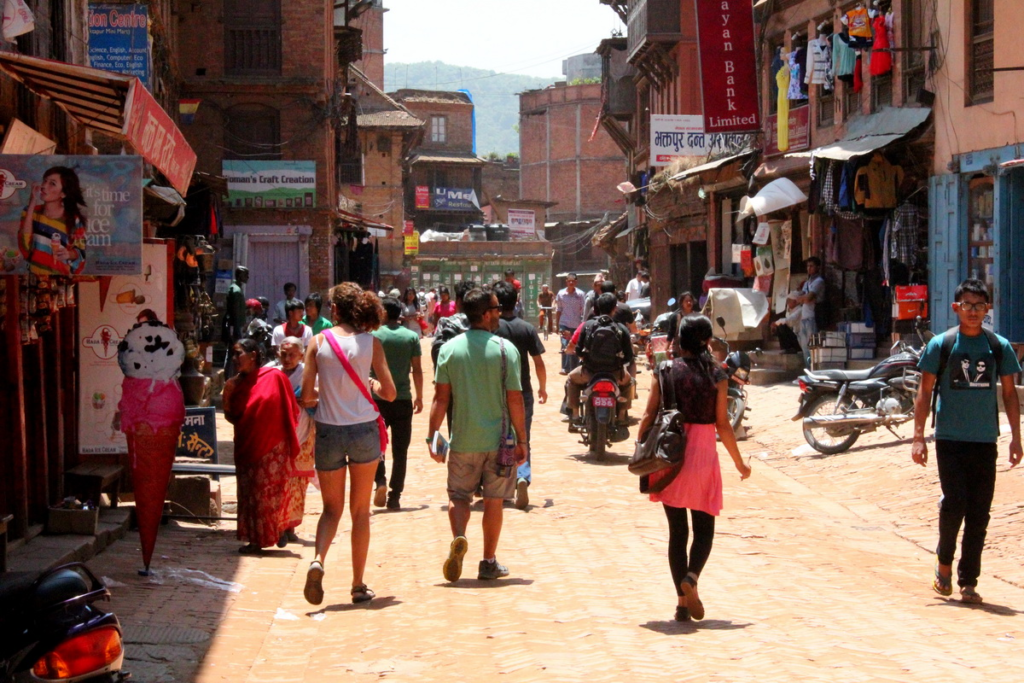This summer, the French island of Brehat is implementing measures to address the issue of ‘overtourism’ by imposing visitor restrictions. The purpose of these restrictions is to tackle concerns related to waste management and environmental protection.
Concerns of Overtourism

Brehat, a picturesque island located off the coast of Brittany, has witnessed a significant influx of tourists, sometimes reaching up to 15 times its resident population in a single day. This surge in tourism has raised concerns about waste management and environmental preservation, prompting the need for action.
Visitor Restrictions
To combat the challenges posed by excessive tourism, Mayor Olivier Carre has announced visitor restrictions. Between July 14 and August 25, the number of day visitors to the island will be limited to 4,700. This move aligns Brehat with several other French destinations that are actively addressing the issue of overtourism.
Conservation Efforts
Brehat Island is part of the EU’s Natura 2000 conservation network, which aims to protect habitats and promote biodiversity. The island’s unique and idyllic landscape attracts a large number of tourists, with up to 450,000 visitors in a single year. During the spring and summer, the daily visitor count can reach nearly 6,000.
Waste Management Challenges
According to a statement by the mayor, the increase in tourism has overwhelmed the island’s waste management capacity. Waste volume surges tenfold during peak tourism months, posing a significant challenge for the local community.
Impact on the Environment
The influx of tourists has not only strained waste management systems but also had adverse effects on the island’s natural environment. The paths leading to the scenic lighthouse on the island’s northern tip are eroding, and protected areas are being affected. A study conducted by the Ponant Islands Association (AIP) indicates that the large crowds are also negatively impacting visitor satisfaction.
Addressing Overtourism Nationwide

The France Tourism Alliance has highlighted that 80 percent of tourists in the country visit only 20 percent of its territory. To disperse crowds and alleviate the strain on popular sites, tourism operators are advised to promote lesser-known destinations. Techniques such as implementing daily quotas, scheduled ticketing, and higher tariffs have been suggested to manage tourism flow. Successful efforts have been made in Marseille and Porto-Vecchio, where “demarketing” campaigns were employed to reduce the appeal of overcrowded sites.
Reservation Systems and Visitor Limits
The Calanques national park near Marseille, in response to the surge in visitors, has continued to enforce a reservation system that was initially implemented during the Covid-19 pandemic. The system restricts the number of visitors to the Sugiton coves, which had experienced an influx of up to 2,500 tourists per day, resulting in damage to vegetation. Similar efforts to preserve landscapes have been seen in the national park on the island of Porquerolles, limiting daily visitors to 6,000 during three summers.
The Hindustan Herald Is Your Source For The Latest In Business, Entertainment, Lifestyle, Breaking News, And Other News. Please Follow Us On Facebook, Instagram, Twitter, And LinkedIn To Receive Instantaneous Updates. Also Don’t Forget To Subscribe Our Telegram Channel @hindustanherald











































